
Workers arrange silk reels at a textile factory in Chongqing in September 2020. (PHOTO by YANG MIN/FOR CHINA DAILY)
With private companies increasingly playing a more important role in China's economy, a pressing issue for local governments has been finding ways to encourage those companies to take part in and benefit from national development projects.
In Chongqing, an industrial park jointly built by three private companies three years ago is now a demonstration project for such cooperation for Chongqing and Sichuan province.
The Chongqing Electronic Circuit Industrial Park was built by Chongqing Yuhan Electronic Technology Co Ltd, Sichuan Lvran Technology Group and Rongchang High-tech Industrial Development Zone.
Fifty-one companies engaged in the electronic circuit sector in China's coastal areas have signed investment agreements to locate in the park, officials said.
Over 400 private companies from Chongqing and Sichuan recently attended the first summit on high-quality development and cooperation in the private economy in the Chengdu-Chongqing economic circle. The summit began in Chongqing's Rongchang district on March 31.
In January 2020, the Chengdu-Chongqing economic circle was designated a fourth national key region after the Yangtze River Delta region, the Guangdong-Hong Kong-Macao Greater Bay Area and the Beijing-Tianjin-Hebei region.
At the summit, the companies were informed about policies and developments regarding national projects, officials said. They looked for investment opportunities, exchanged ideas and signed deals for 23 projects with a total value of 31.81 billion yuan ($4.61 billion), including new energy, electronic information, equipment manufacturing and new materials.
"Sichuan has listed medicine and health as one of its six major industries, and there is great demand in the elderly care market in the two locations," said Lu Zhuangwen, chairman of Sichuan Xingrui Health Industry Group Co Ltd. Lu said he is a Chongqing native who runs the business in Sichuan. The company has invested in many traditional Chinese medicine centers and nursing homes in Sichuan and Tongnan district in Chongqing.
"In Rongchang district, enterprises are also looking for opportunities for cooperation," Lu said. Sichuan and Chongqing have built more and more platforms for private entrepreneurs to exchange information and cooperate, and policy support has also increased, giving enterprises more confidence in investment, he said.
Last October, China issued a plan to build the Chengdu-Chongqing region into an economic center with greater impact, a key hub for scientific and technological innovation, a new area for reform and opening-up and a place with high-quality living standards.
Construction of the Chengdu-Chongqing economic circle got off to a good start and achieved concrete progress in the past two years as the two jurisdictions have been integrating resources to promote the high-quality development of western China, said Luo Lin, a member of the Standing Committee and secretary-general of the CPC Chongqing Municipal Committee, at a news conference in Beijing during the 20th National Congress of the Communist Party of China, which opened in October.
Luo said the two sides have drawn up some 20 development plans for regional integration, transportation infrastructure construction and coordinated industrial and science development.

A bank clerk (left) introduces supportive loan products to small and micro business owners in Chongqing in January. [PHOTO/CHINA DAILY]
A report to the 20th CPC National Congress cited the importance of boosting the private economy and optimizing the business environment.
Guided by local governments, more private companies have been looking for business opportunities that can be found in national plans.
Rongchang, known as China's animal husbandry science and technology base and a major connecting point in the Chengdu-Chongqing circle, has shown a strong edge in boosting the private economy, which accounts for 80 percent of the district's GDP, officials said.
Last year, Sichuan's private economy accounted for 53.7 percent of the province's GDP, while in Chongqing, the figure was 59.7 percent, according to the local government reports.
Chongqing, on the upper reaches of the Yangtze River, is also the headquarters of the China-Singapore (Chongqing) Demonstration Initiative on Strategic Connectivity, which was launched in 2016. That initiated the New International Land-Sea Trade Corridor project in a bid to speed up the opening-up and development of China's western region, officials said. It connects Europe with Southeast Asia, with Chongqing as a key rail hub, and now reaches 393 ports in 119 countries and regions.
In the past, goods from China's landlocked western regions endured a roundabout trip to reach outside areas. The situation began to change five years ago, when the trade corridor was launched, cutting previous journey time to a large extent, officials said.
One of the beneficiaries of the change was Chongqing Shangcheng Apparel Group, according to its CEO, Li Bin. Li's company, established in Rongchang in 2018, was a small enterprise that mainly manufactured and exported clothing.
Thanks to national development plans and a sound business environment, Shangcheng now exports about 30 million articles of clothing each year to dozens of countries in Europe, the Americas, Southeast Asia and Africa. It provides over 2,000 jobs and its annual sales have reached some 1 billion yuan.
Last year, companies in Rongchang district, including Shangcheng, Chongqing Qiaqia Food Co, Chongqing Zhaohong Agricultural Development Co and Huida Sanitary Ware Co Ltd, exported more than 1,500 containers of goods abroad via the China-Europe express rail, the land-sea trade corridor and the Yangtze River, a 30 percent increase year-on-year, according to the deputy director of Rongchang's commission of commerce, Hu Zhongkun.









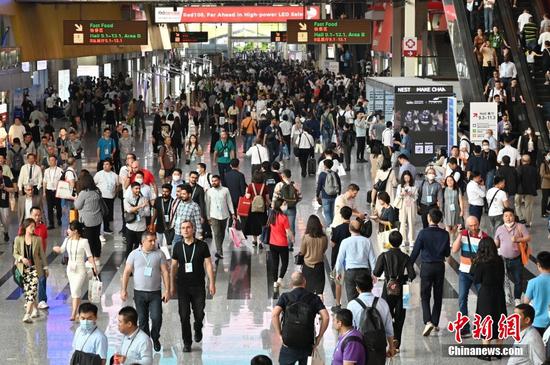
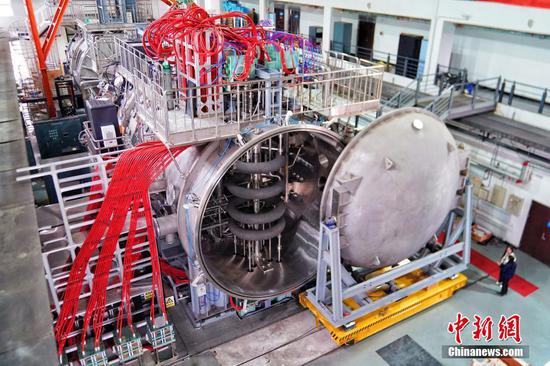






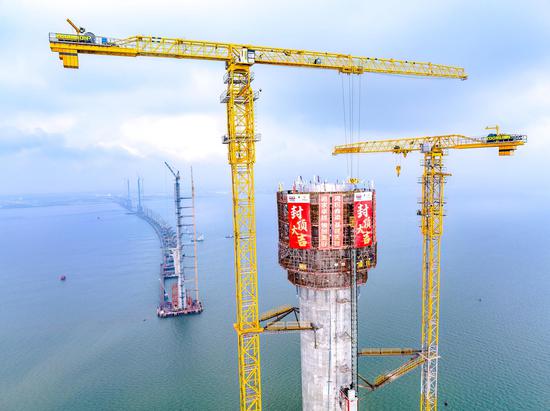



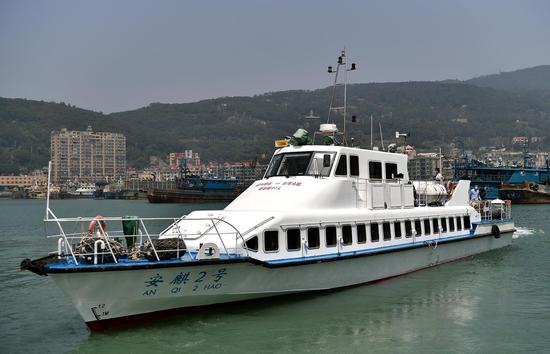



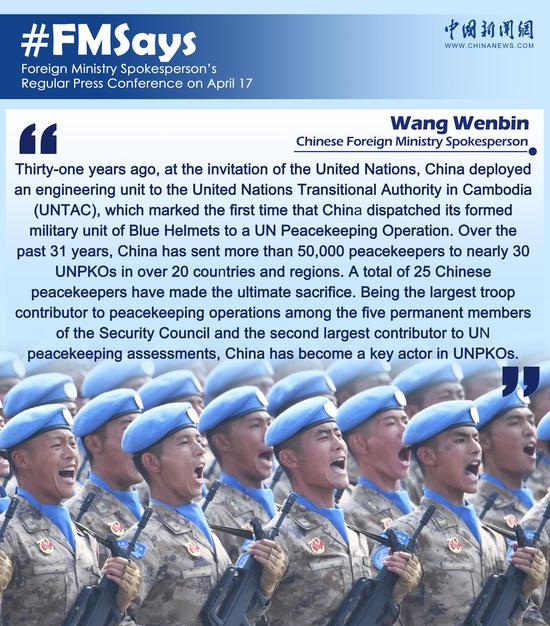





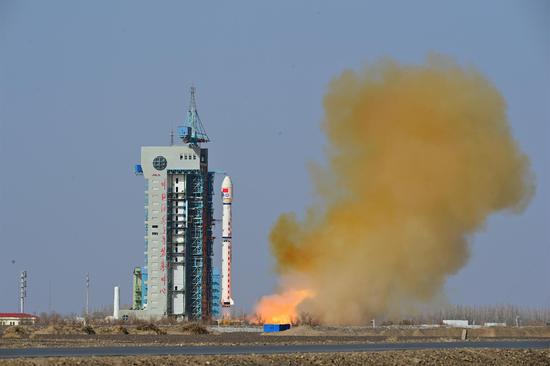
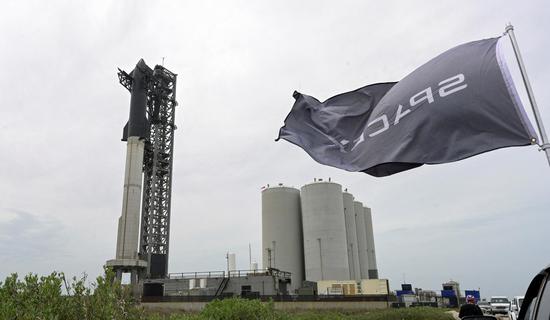

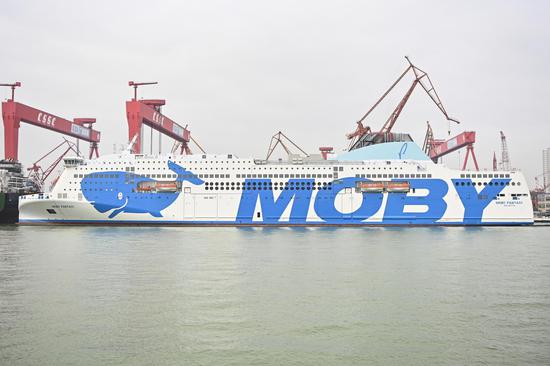

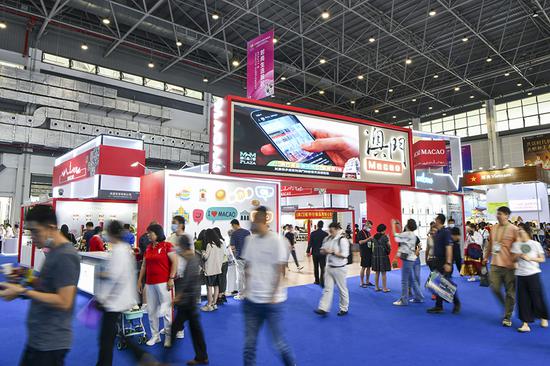



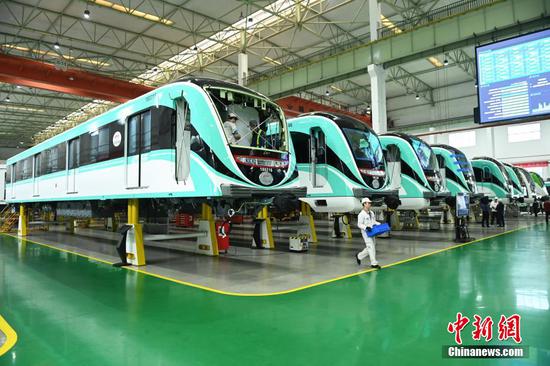







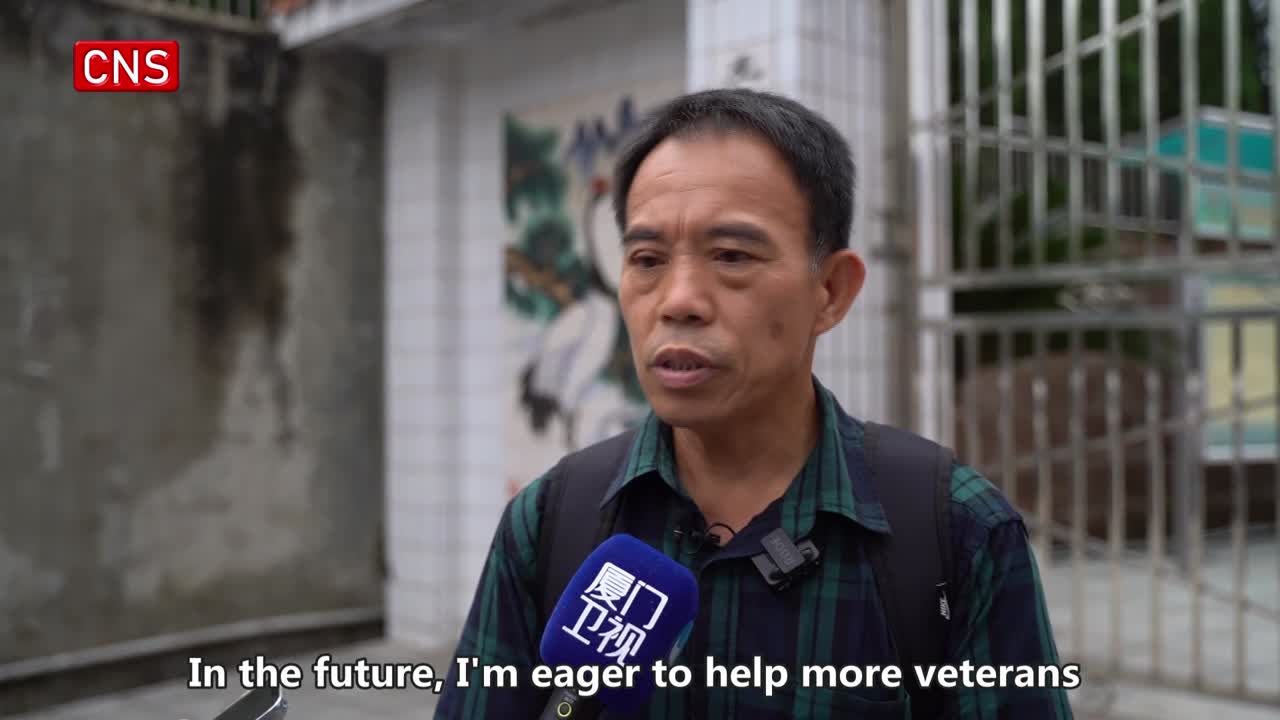

 京公网安备 11010202009201号
京公网安备 11010202009201号